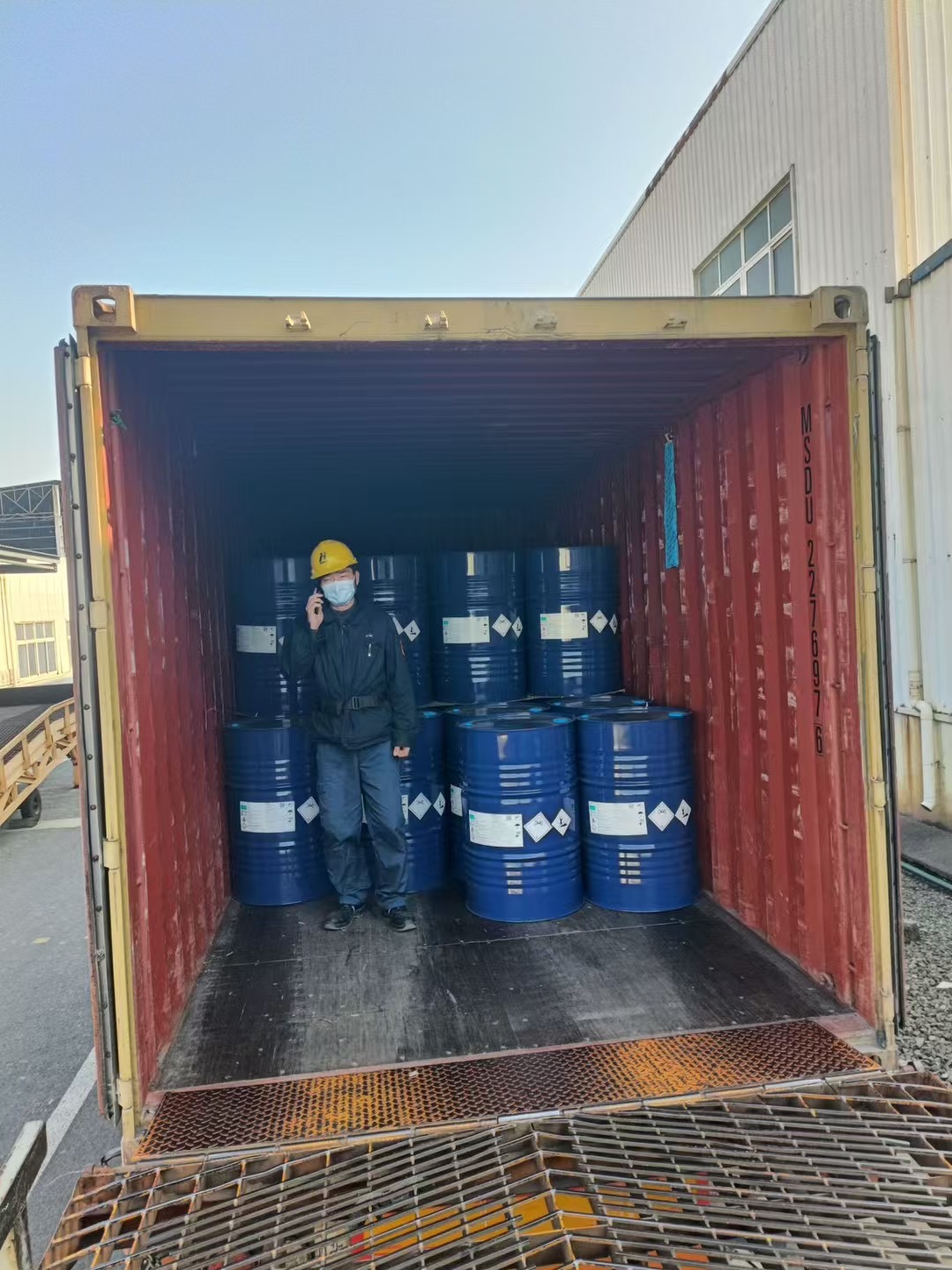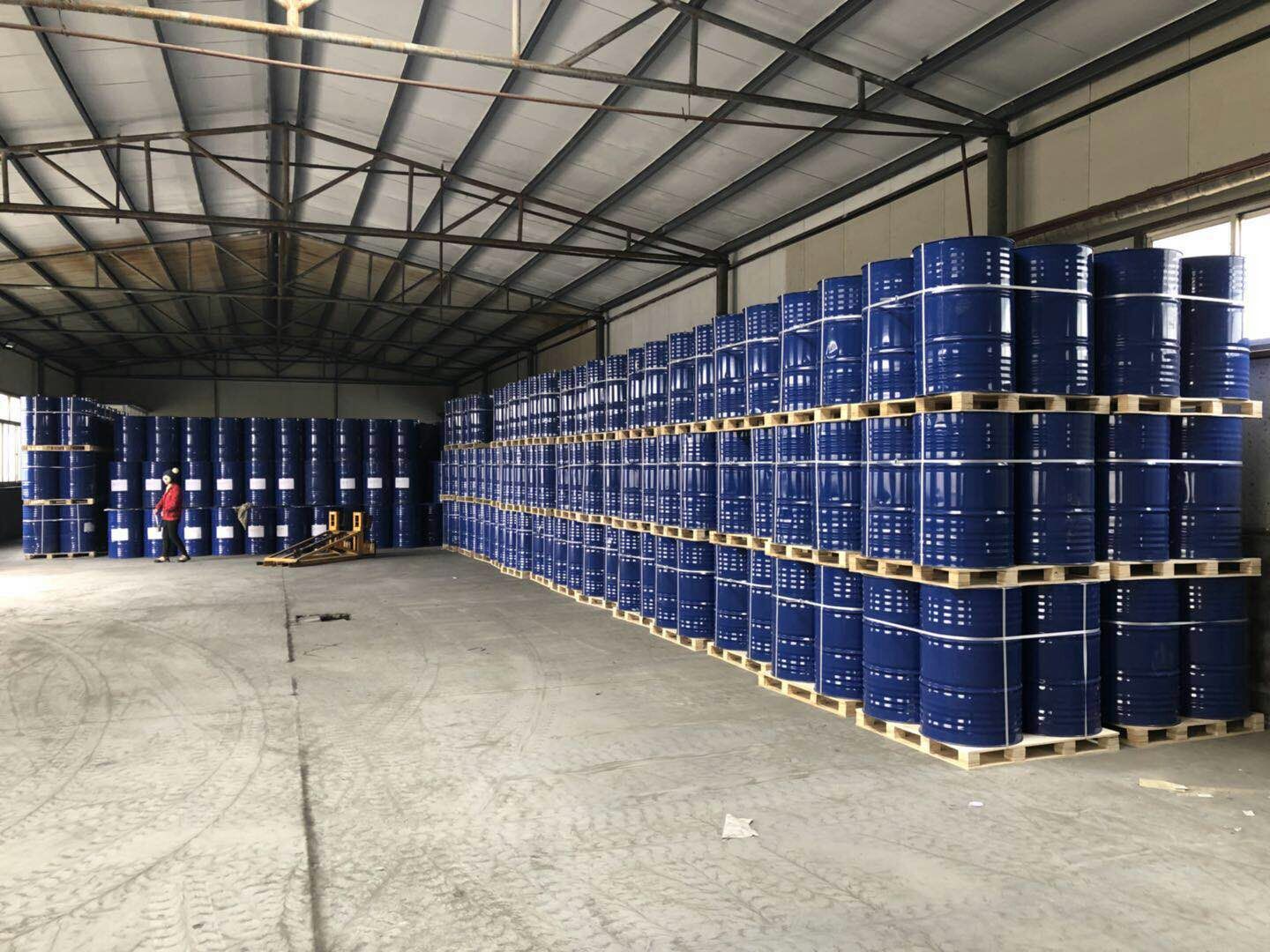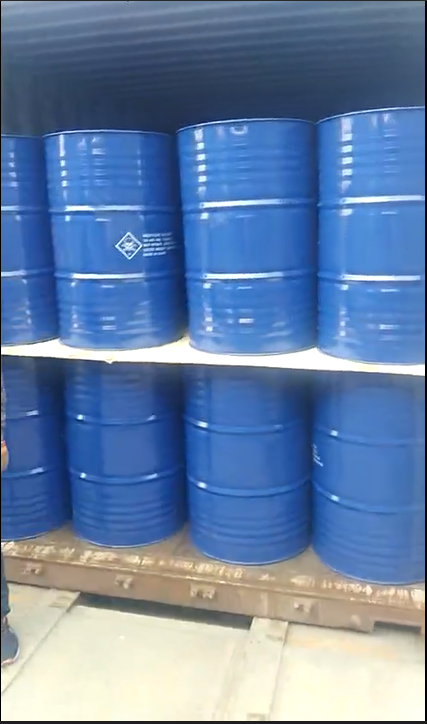📌 Detailed Introduction of Methylene Chloride (DCM)
✔ What is Methylene Chloride?
Methylene chloride (also known as Dichloromethane or DCM) is a colorless, volatile liquid with a mild sweet odor. It is widely used as a powerful solvent in chemical processing, paint stripping, pharmaceuticals, and metal cleaning.
✔ CAS Number & Chemical Formula:
CAS Number: 75-09-2
Chemical Formula: CH₂Cl₂
Molecular Weight: 84.93 g/mol
📌 Product Specifications
| Property | Specification |
|---|---|
| Appearance | Colorless, volatile liquid |
| Purity (%) | ≥ 99.9 |
| Boiling Point (°C) | 39.6 |
| Density (g/cm³ at 20°C) | 1.325 |
| Water Content (%) | ≤ 0.02 |
| Chloride (Cl, ppm) | ≤ 5 |
| Acidity (as HCl, %) | ≤ 0.001 |
| Non-Volatile Residue (%) | ≤ 0.002 |
| Odor | Mild sweet |
| Packing | 250kg drums or ISO tanks |
📌 Applications of Methylene Chloride (DCM)
✔ Paint & Coating Industry
Powerful paint remover and stripper for industrial and consumer applications.
Used in varnish and coating formulations due to its strong solvency.
✔ Pharmaceutical Industry
Acts as a solvent in drug formulation and pharmaceutical extractions.
Used in the production of antibiotics, steroids, and vitamins.
✔ Adhesives & Resin Production
Employed in polyurethane foam manufacturing.
Used as a solvent in adhesives, epoxy resins, and polymer processing.
✔ Metal Cleaning & Degreasing
Ideal for removing grease, oil, and contaminants from metal surfaces.
Used in precision cleaning of aerospace and automotive components.
✔ Chemical Processing & Extraction
Serves as an extraction solvent in food processing (e.g., caffeine extraction from coffee).
Used in synthetic chemical reactions as a reaction medium.
✔ Foam Blowing Agent
Used in the production of polyurethane foams for furniture and insulation.
📌 How Does Methylene Chloride Work?
Powerful Solvent Action:
Effectively dissolves paints, coatings, adhesives, and organic materials.
Rapid Evaporation & Low Residue:
Ensures quick drying and minimal residue in cleaning applications.
Selective Extraction Ability:
Used in chemical extractions for food, pharmaceuticals, and research.
📌 Production Method & Raw Materials
✔ Chemical Synthesis Process:
Raw Materials: Methane & Chlorine gas
Reaction: Chlorination of methane (CH₄) to produce methyl chloride, which is further chlorinated to form dichloromethane (DCM).
Purification & Distillation: The crude DCM is distilled and purified to obtain high-purity methylene chloride.
📌 Safety & Handling Precautions
Use in a well-ventilated area to prevent inhalation of vapors.
Wear protective gloves, goggles, and clothing during handling.
Store in tightly sealed containers away from heat, sparks, and open flames.
Avoid prolonged exposure, as DCM can have health risks such as dizziness, irritation, and long-term toxicity.
📌 Famous Methylene Chloride (DCM) Brands Worldwide
Dow Chemical (USA)
Occidental Chemical (OxyChem, USA)
Solvay (Belgium)
AkzoNobel (Netherlands)
Jiangsu Khonor Chemicals Co., Limited (China)
📌 Why Choose Jiangsu Khonor Chemicals Co., Limited?
✔ High-Purity & Industrial-Grade Methylene Chloride
✔ Competitive Pricing & Reliable Supply Chain
✔ Bulk Packaging Options (Drums & ISO Tanks)
✔ Strict Quality Control & Compliance
✔ Global Distribution & Fast Delivery
📌 Order High-Quality Methylene Chloride from Jiangsu Khonor Chemicals Co., Limited!
Looking for a trusted supplier of methylene chloride (Dichloromethane, DCM)? We provide top-quality solvents for industrial, pharmaceutical, and chemical applications.
📞 Contact us today for pricing & technical details!
Methylene Chloride (Dichloromethane, DCM) – Basic Information
Chemical Name: Methylene Chloride (Dichloromethane)
Chemical Formula: CH₂Cl₂
CAS Number: 75-09-2
Molecular Weight: 84.93 g/mol
Appearance: Colorless, volatile liquid with a sweet, chloroform-like odor
Boiling Point: 39.6°C (103.3°F)
Density: 1.33 g/cm³ at 20°C
Solubility: Slightly soluble in water (~1.3 g/100 mL) but miscible with most organic solvents
Vapor Pressure: 47.4 kPa at 20°C
Key Applications
Industrial Solvent: Used in paint removers, adhesives, and degreasing agents.
Chemical Processing: A reaction medium in the pharmaceutical and chemical industries.
Aerosol Propellant: Previously used in spray products, though restricted in some regions.
Foam Blowing Agent: Used in manufacturing polyurethane foams.
Laboratory Use: Common extraction solvent in research and industrial labs.
Health & Safety Considerations
Toxicity: Can cause dizziness, nausea, and central nervous system depression upon inhalation.
Carcinogenicity: Classified as a possible human carcinogen (Group 2A, IARC).
Regulations: Usage is restricted or banned in certain applications due to health concerns.
Handling: Requires ventilation, protective equipment (gloves, goggles, respirator), and proper storage away from heat sources.
Inspection Item | Measurement Units | Qualified Result |
Purity | ≥ | 99. 95% min
|
Chroma(APHA) | ≤ | 10 |
Water content | ≤ | 0.010% |
Acidity(HCL) | ≤ | 0.0004% |
Residue on evaporation | ≤ | 0.0015% |



